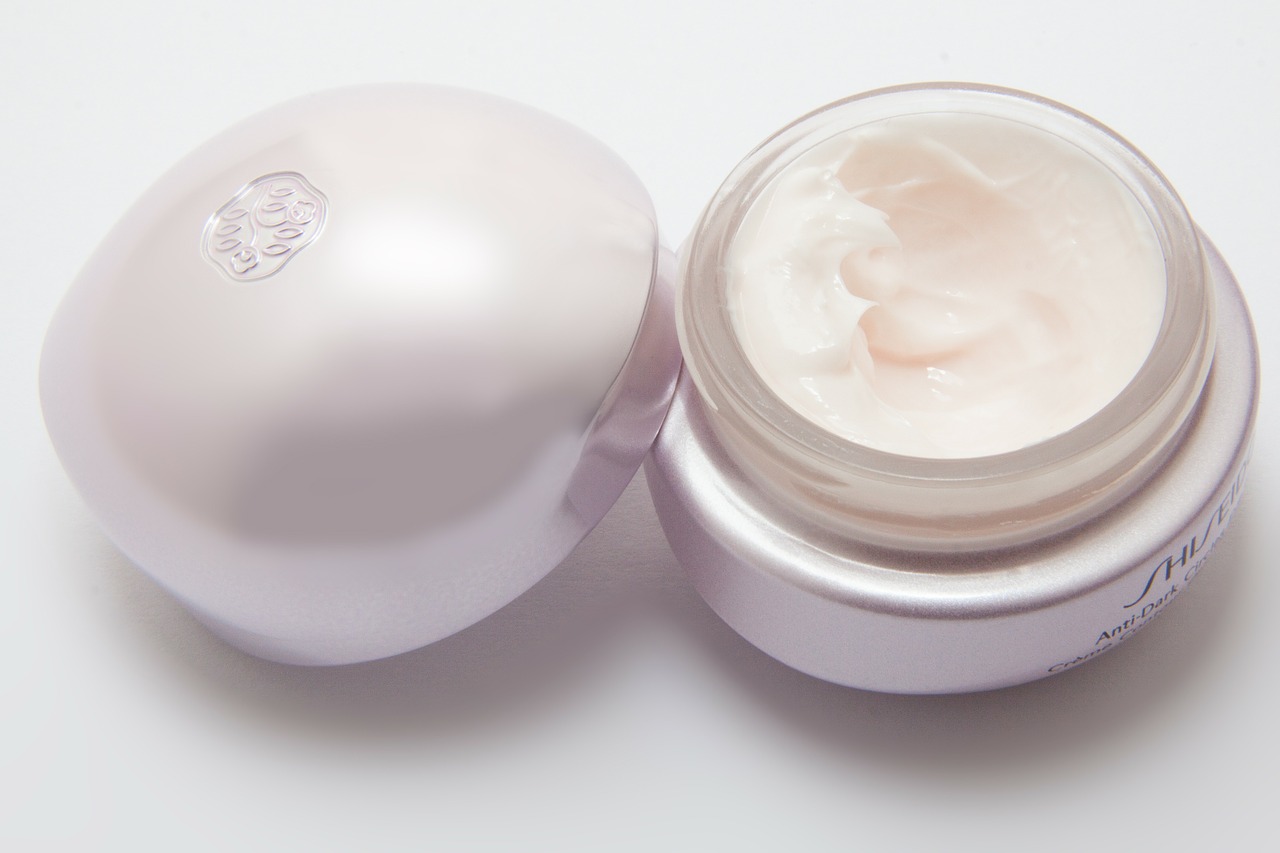|
Finger Tip Unit
In medicine, a finger tip unit (FTU) is defined as the amount of ointment, cream or other semi-solid dosage form expressed from a tube with a 5 mm diameter nozzle, applied from the distal skin-crease to the tip of the index finger of an adult.Finlay AY, Edwards PH, Harding KG. “Fingertip unit” in dermatology. Lancet 1989; II, 155.Long CC, Finlay AY. The fingertip unit: a new practical measure. Clin Exper Dermatol 1991; 16: 444-446. The "distal skin-crease" is the skin crease over the joint nearest the end of the finger. One FTU is enough to treat an area of skin twice the size of the flat of an adult's hand with the fingers together, i.e. a "handprint". Two FTUs are approximately equivalent to 1 g of topical steroid. One handprint is 0.8% (i.e. approximately 1%) of the total body surface area, and one FTU covers approximately two handprints. As two FTUs are approximately equivalent to 1g of topical application, the "Rule of Hand" states that "4 hand areas = 2 F ... [...More Info...] [...Related Items...] OR: [Wikipedia] [Google] [Baidu] |
Medicine
Medicine is the science and practice of caring for a patient, managing the diagnosis, prognosis, prevention, treatment, palliation of their injury or disease, and promoting their health. Medicine encompasses a variety of health care practices evolved to maintain and restore health by the prevention and treatment of illness. Contemporary medicine applies biomedical sciences, biomedical research, genetics, and medical technology to diagnose, treat, and prevent injury and disease, typically through pharmaceuticals or surgery, but also through therapies as diverse as psychotherapy, external splints and traction, medical devices, biologics, and ionizing radiation, amongst others. Medicine has been practiced since prehistoric times, and for most of this time it was an art (an area of skill and knowledge), frequently having connections to the religious and philosophical beliefs of local culture. For example, a medicine man would apply herbs and say prayers fo ... [...More Info...] [...Related Items...] OR: [Wikipedia] [Google] [Baidu] |
Ointment
A topical medication is a medication that is applied to a particular place on or in the body. Most often topical medication means application to body surfaces such as the skin or mucous membranes to treat ailments via a large range of classes including creams, foams, gels, lotions, and ointments. Many topical medications are epicutaneous, meaning that they are applied directly to the skin. Topical medications may also be inhalational, such as asthma medications, or applied to the surface of tissues other than the skin, such as eye drops applied to the conjunctiva, or ear drops placed in the ear, or medications applied to the surface of a tooth. The word ''topical'' derives from Greek τοπικός ''topikos'', "of a place". Justification Topical drug delivery is a route of administering drugs via the skin to provide topical therapeutic effects. As skin is one of the largest and most superficial organs in the human body, pharmacists utilise it to deliver various dr ... [...More Info...] [...Related Items...] OR: [Wikipedia] [Google] [Baidu] |
Cream (pharmaceutical)
A cream is a preparation usually for application to the skin. Creams for application to mucous membranes such as those of the rectum or vagina are also used. Creams may be considered pharmaceutical products as even cosmetic creams are based on techniques developed by pharmacy and unmedicated creams are highly used in a variety of skin conditions (dermatoses). The use of the finger tip unit concept may be helpful in guiding how much topical cream is required to cover different areas. Creams are semi-solid emulsions of oil and water. They are divided into two types: oil-in-water (O/W) creams which are composed of small droplets of oil dispersed in a continuous water phase, and water-in-oil (W/O) creams which are composed of small droplets of water dispersed in a continuous oily phase. Oil-in-water creams are more comfortable and cosmetically acceptable as they are less greasy and more easily washed off using water. Water-in-oil creams are more difficult to handle but many dr ... [...More Info...] [...Related Items...] OR: [Wikipedia] [Google] [Baidu] |
Dosage Form
Dosage forms (also called unit doses) are pharmaceutical drug products in the form in which they are marketed for use, with a specific mixture of active ingredients and inactive components (excipients), in a particular configuration (such as a capsule shell, for example), and apportioned into a particular dose. For example, two products may both be amoxicillin, but one is in 500 mg capsules and another is in 250 mg chewable tablets. The term unit dose can also sometimes encompass non-reusable ''packaging'' as well (especially when each drug product is individually packaged), although the FDA distinguishes that by ''unit-dose "packaging" or "dispensing"''. Depending on the context, ''multi(ple) unit dose'' can refer to distinct drug products ''packaged'' together, or to a ''single'' drug product containing multiple drugs and/or doses. The term dosage form can also sometimes refer ''only'' to the pharmaceutical formulation of a drug product's constituent drug substance(s) and any bl ... [...More Info...] [...Related Items...] OR: [Wikipedia] [Google] [Baidu] |
Index Finger
The index finger (also referred to as forefinger, first finger, second finger, pointer finger, trigger finger, digitus secundus, digitus II, and many other terms) is the second digit of a human hand. It is located between the thumb and the middle finger. It is usually the most dextrous and sensitive digit of the hand, though not the longest. It is shorter than the middle finger, and may be shorter or longer than the ring finger (see digit ratio). Anatomy " Index finger" literally means "pointing finger", from the same Latin source as '' indicate;'' its anatomical names are "index finger" and "second digit". The index finger has three phalanges. It does not contain any muscles, but is controlled by muscles in the hand by attachments of tendons to the bones. Uses A lone index finger held vertically is often used to represent the number 1 (but finger counting differs across cultures), or when held up or moved side to side (finger-wagging), it can be an admonitory gesture. ... [...More Info...] [...Related Items...] OR: [Wikipedia] [Google] [Baidu] |
Steroid
A steroid is a biologically active organic compound with four rings arranged in a specific molecular configuration. Steroids have two principal biological functions: as important components of cell membranes that alter membrane fluidity; and as signaling molecules. Hundreds of steroids are found in plants, animals and fungi. All steroids are manufactured in cells from the sterols lanosterol ( opisthokonts) or cycloartenol (plants). Lanosterol and cycloartenol are derived from the cyclization of the triterpene squalene. The steroid core structure is typically composed of seventeen carbon atoms, bonded in four " fused" rings: three six-member cyclohexane rings (rings A, B and C in the first illustration) and one five-member cyclopentane ring (the D ring). Steroids vary by the functional groups attached to this four-ring core and by the oxidation state of the rings. Sterols are forms of steroids with a hydroxy group at position three and a skeleton derived from cholesta ... [...More Info...] [...Related Items...] OR: [Wikipedia] [Google] [Baidu] |
British Journal Of Dermatology
The ''British Journal of Dermatology'' is a monthly peer-reviewed medical journal that covers the field of dermatology. It is published by Wiley-Blackwell on behalf of the British Association of Dermatologists. The journal was established in 1888 and the editor-in-chief is John Ingram. According to the ''Journal Citation Reports'', the journal has a 2020 impact factor The impact factor (IF) or journal impact factor (JIF) of an academic journal is a scientometric index calculated by Clarivate that reflects the yearly mean number of citations of articles published in the last two years in a given journal, as ... of 9.3., ranked third within the dermatology subject category. It was edited from 1896 to 1904 by Sir James Galloway. References External links * {{Official, https://onlinelibrary.wiley.com/journal/13652133 British Association of Dermatologists Publications established in 1888 English-language journals Monthly journals Wiley-Blackwell academic journals ... [...More Info...] [...Related Items...] OR: [Wikipedia] [Google] [Baidu] |
Finger (unit)
A finger (sometimes fingerbreadth or finger's breadth) is any of several units of measurement that are approximately the width of an adult human finger, including: The digit, also known as digitus or digitus transversus (Latin), dactyl (Greek) or dactylus, or finger's breadth — of an inch or of a foot. In medicine and related disciplines (anatomy, radiology, etc.) the fingerbreadth (literally the width of a finger) is an informal but widely used unit of measure. In the measurement of distilled spirits, a finger of whiskey refers to the amount of whiskey that would fill a glass to the level of one finger wrapped around the glass at the bottom. Another definition (from Noah Webster): "nearly an inch." Finger is also the name of a longer unit of length used in cloth measurement, specifically, one eighth of a yard or 4 inches. In English these units have mostly fallen out of use, apart from the common use in distilled drinks and drinking games. See also * Digit (unit) ... [...More Info...] [...Related Items...] OR: [Wikipedia] [Google] [Baidu] |
Digit (unit)
The digit or finger is an ancient and obsolete non- SI unit of measurement of length. It was originally based on the breadth of a human finger. It was a fundamental unit of length in the Ancient Egyptian, Mesopotamian, Hebrew, Ancient Greek and Roman systems of measurement. In astronomy a digit is one twelfth of the diameter of the sun or the moon. History Ancient Egypt The digit, also called a finger or fingerbreadth, is a unit of measurement originally based on the breadth of a human finger. In Ancient Egypt it was the basic unit of subdivision of the cubit. On surviving Ancient Egyptian cubit-rods, the royal cubit is divided into seven palms of four digits or fingers each. The royal cubit measured approximately 525 mm, so the length of the ancient Egyptian digit was about 19 mm. Mesopotamia In the classical Akkadian Empire system instituted in about 2250 BC during the reign of Naram-Sin, the finger was one-thirtieth of a cubit length. The cubit was equi ... [...More Info...] [...Related Items...] OR: [Wikipedia] [Google] [Baidu] |






